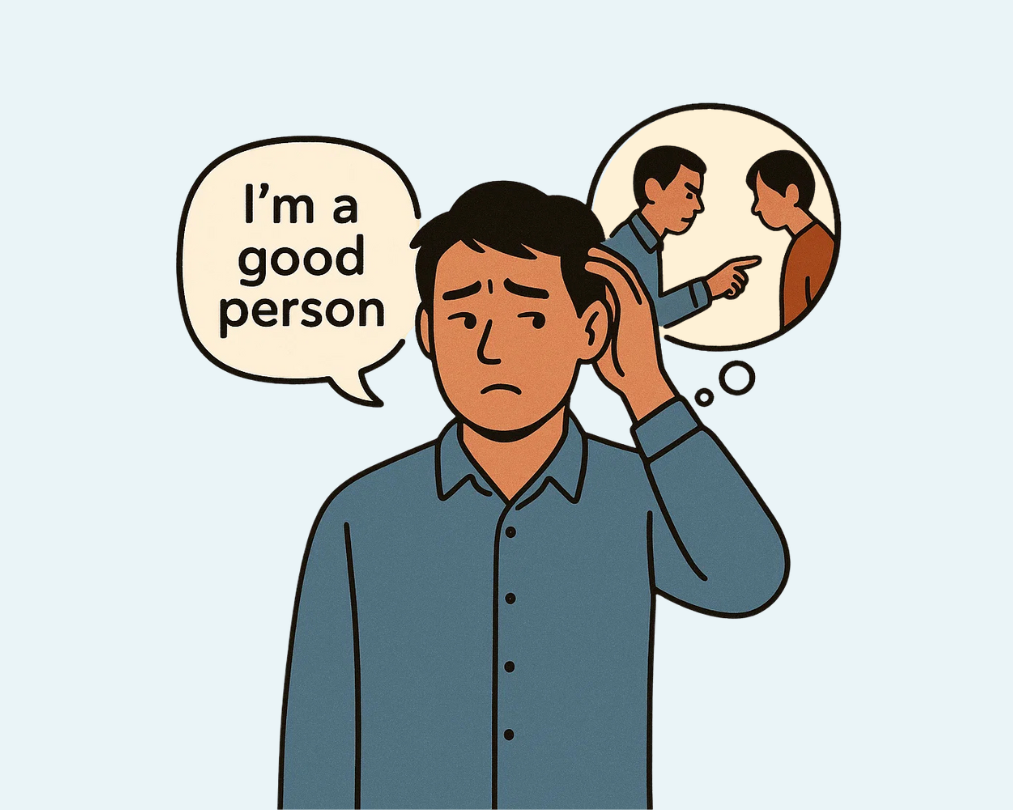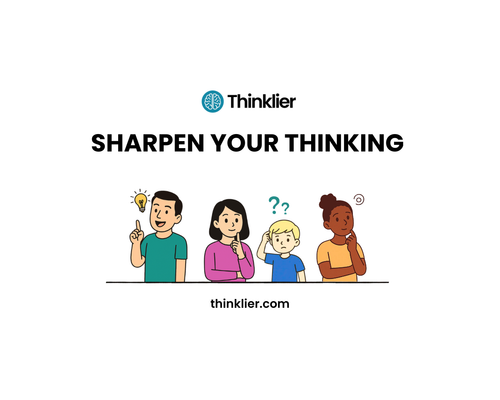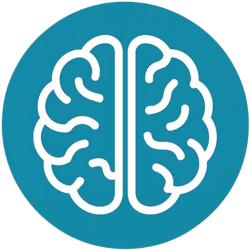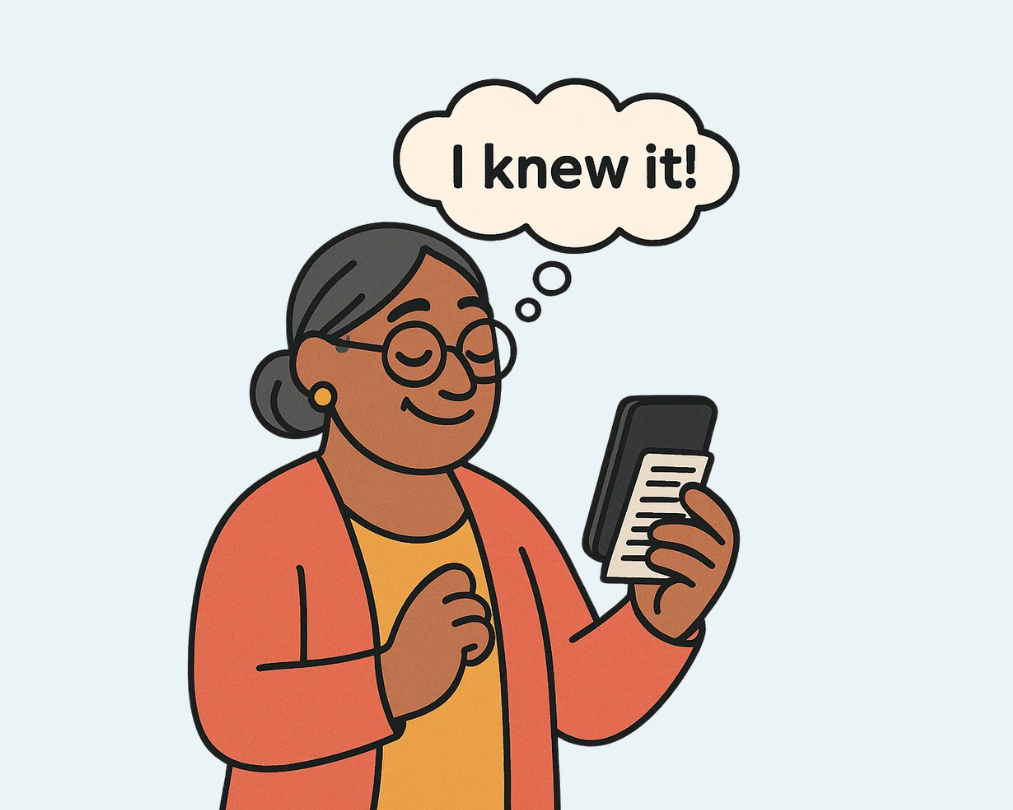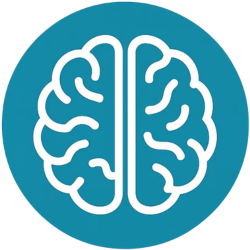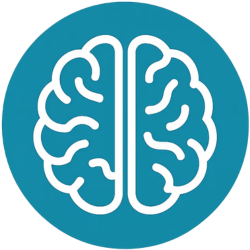Lesson 4: Biases: the traps we don’t see coming
From The Thinking Toolkit
Biases shape our thinking in ways we rarely notice. This lesson shows how to catch these hidden influences before they distort your judgment.
Imagine you’re scrolling through the news. You see a headline that supports what you already believe, and it feels right.
You nod. Maybe you share it. Perhaps you even feel a bit smug.
Now imagine seeing a headline that challenges you. It makes you uncomfortable. You frown. Maybe you doubt the source. Perhaps you scroll on and dismiss it.
That’s not stupidity. That’s bias. And we all do it.
What is a bias?
A bias is a built-in mental shortcut — a way our brain leans without us realising it.
Some biases help us survive. Others help us fit in. But most of the time, they help us feel right, not be right.
We think we’re being objective. But under the surface, our minds are filtering, twisting, and ignoring things — all to protect what we already believe.
Why we don’t notice
Biases don’t announce themselves. They feel like common sense.
They shape what we pay attention to. What we dismiss. Who we trust.
And because they work invisibly, they’re incredibly hard to catch, especially in ourselves.
Common cognitive biases
There are hundreds of biases, but a few show up everywhere:
1. Confirmation bias
We search for and favour information that supports what we already believe.
“I knew it — this article proves I was right all along.”
2. Availability heuristic
We judge how common or likely something is based on how easily we can recall examples.
“Shark attacks are everywhere!” (Because you saw one in the news yesterday.)
3. Sunk cost fallacy
We stick with a bad decision because we’ve already invested time, money, or emotion.
“I’ve already spent six months on this project — I can’t quit now.”
Why it matters
Biases make our thinking feel solid even when it’s shaky.
They keep us in echo chambers. They protect our egos. And they resist change.
But noticing a bias doesn’t make you weak. It makes you wiser.
Because once you spot the pattern, you can pause and choose better.
Mini challenge: catch yourself
Today, when you feel certain about something, stop and ask:
- Am I only noticing what supports what I already believe?
- What might I be ignoring?
- If I held the opposite belief, what evidence would I be looking for?
If even one answer surprises you, you’ve just spotted a bias. And that’s a win.
In short
Biases aren’t signs of stupidity — they’re signs of being human.
From confirmation bias to the sunk cost fallacy, our minds constantly lean in ways that protect our beliefs, rather than testing them.
Clear thinking begins with noticing those tilts — and learning to pause before acting on them.
Don’t forget the companion workbook
To get the most out of this lesson, download the workbook — it gives you space to reflect and one simple habit to build.
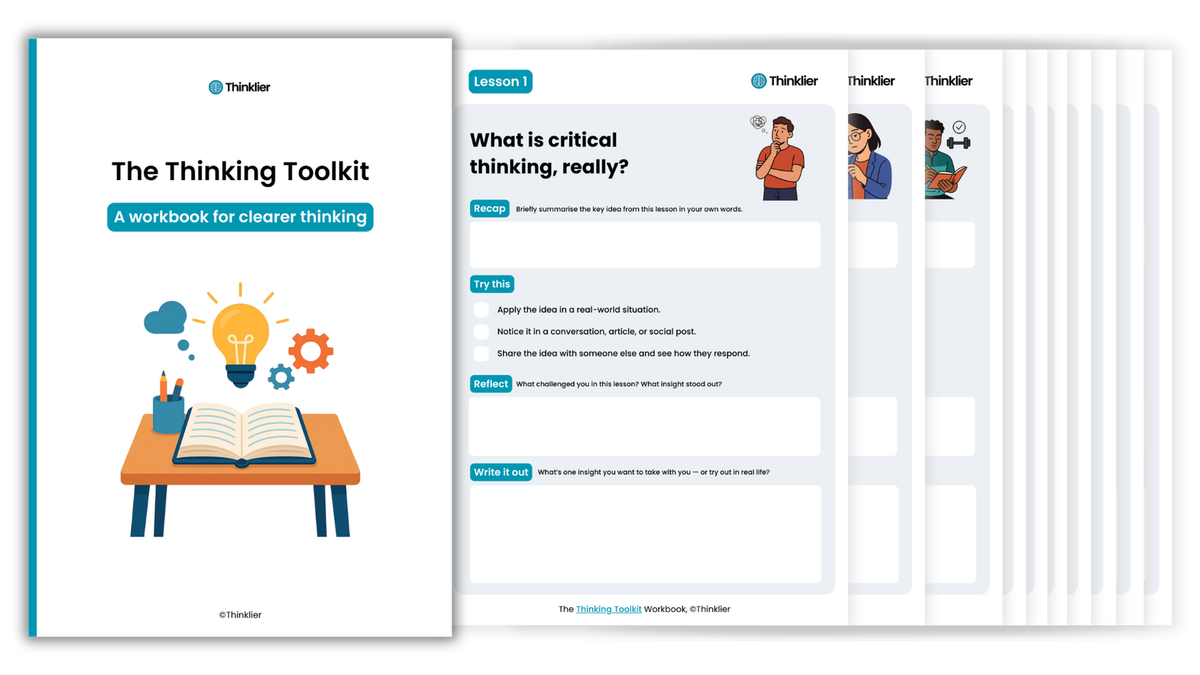
Next up
